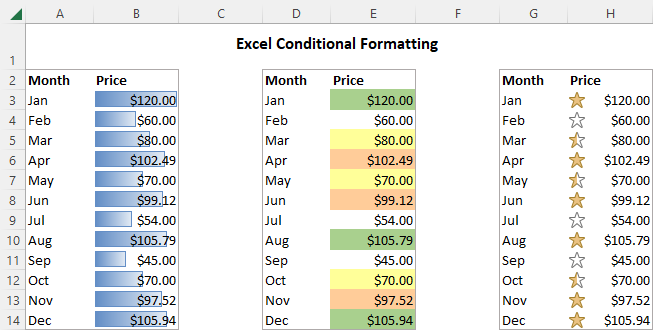5 Ways Numbers Are Spaced in Court Documents

When it comes to the preparation and presentation of court documents, accuracy and precision are paramount. Every detail matters, down to the spacing of numbers within the documents. Here are five different ways numbers are commonly spaced in court documents:
1. No Space Between Digits and Punctuation
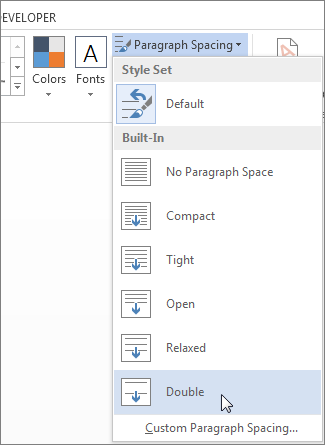
In many court documents, especially where brevity and clarity are essential, numbers with punctuation marks such as commas or decimal points often do not have spaces before or after them. For example:
- 1,234
- 3.14159
2. Space Before and After Mathematical Symbols
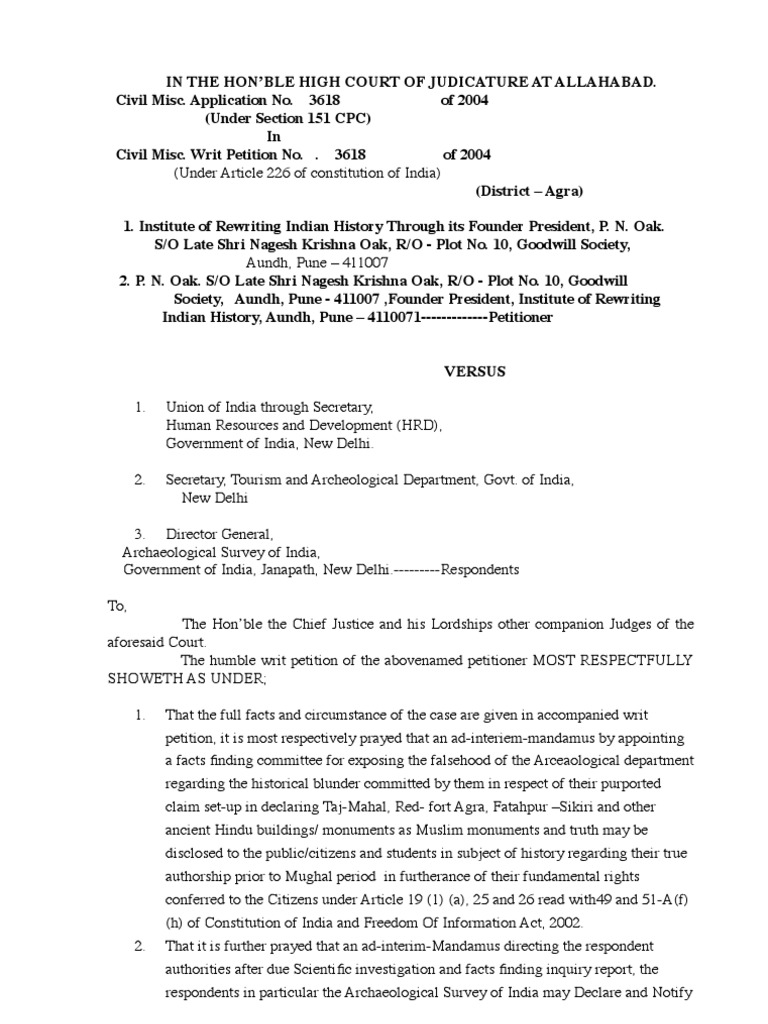
Mathematical and financial calculations in court documents can include spaces around operators to enhance readability. This practice helps prevent confusion, especially in complex legal financial calculations. Here’s how it might look:
- 1,000 + 500 = $1,500
- (10 x 20) ÷ 3
⚠️ Note: This spacing can vary based on regional conventions or specific court rules.
3. Spaces in Serial Numbers or Document Numbers
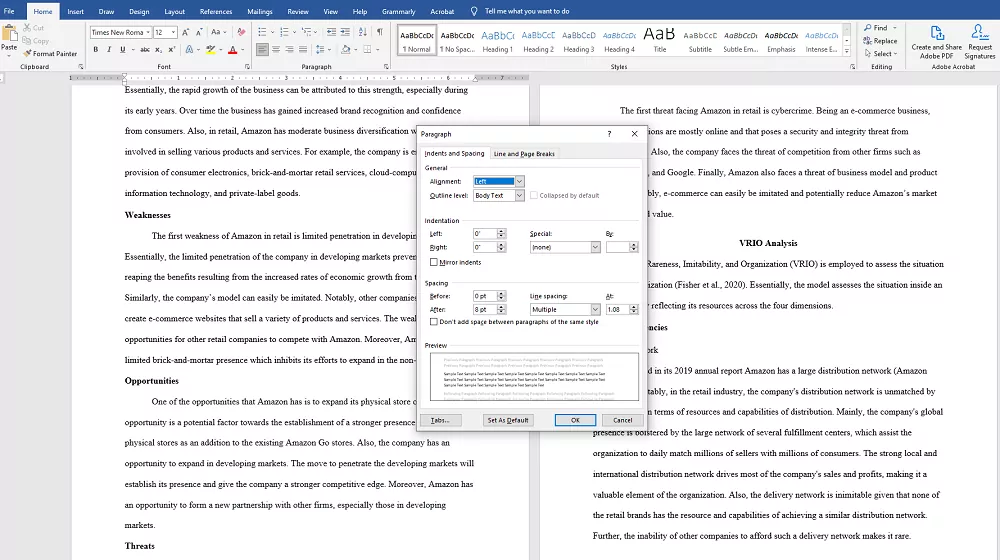
Court documents often include serial numbers or identification numbers for tracking and reference purposes. These numbers are spaced or hyphenated for readability:
- Case No. CR-2021-00456
- Serial No: 1234-567-890
| Document Type | Number Format |
|---|---|
| Complaint | Complaint No. 123-456-789 |
| Affidavit | Affidavit No. 12345-67890 |
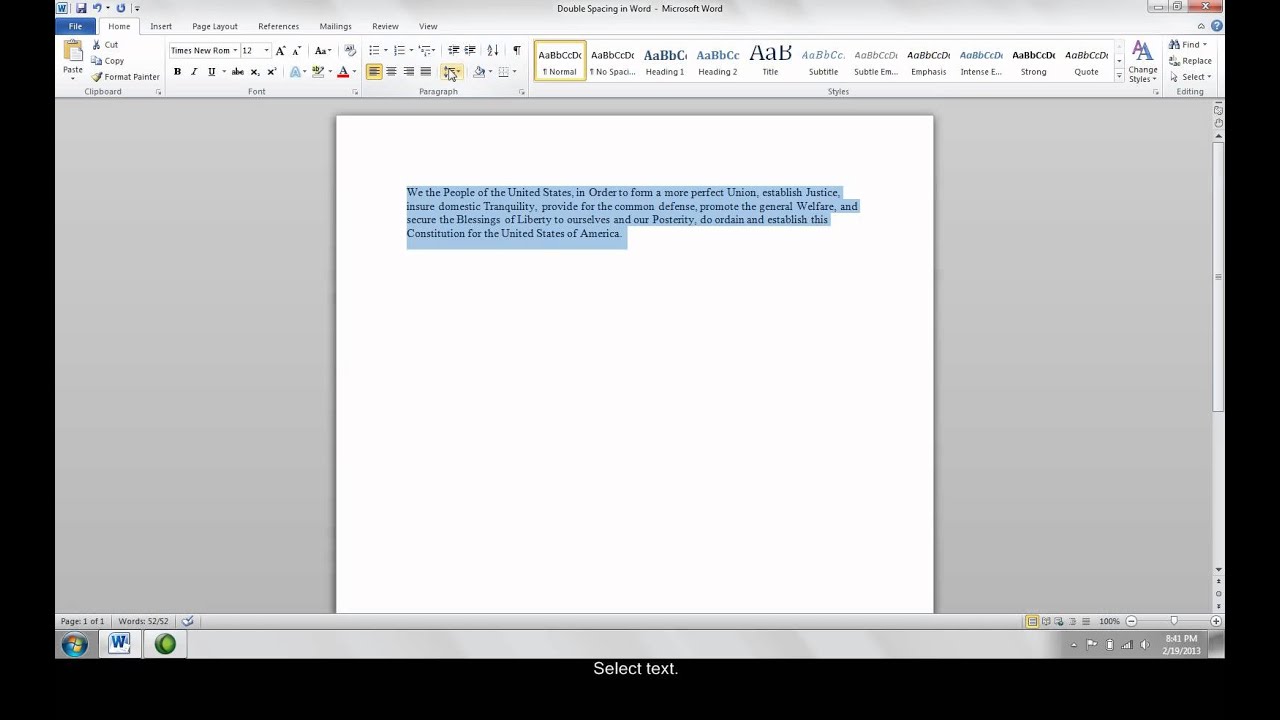
4. No Spaces in Numerical Ranges

When representing ranges of numbers, such as age or fiscal years, court documents generally do not include spaces between the beginning and end of the range:
- Ages 5-17
- Fiscal Years 2019-2021
5. Spaces in Phone Numbers
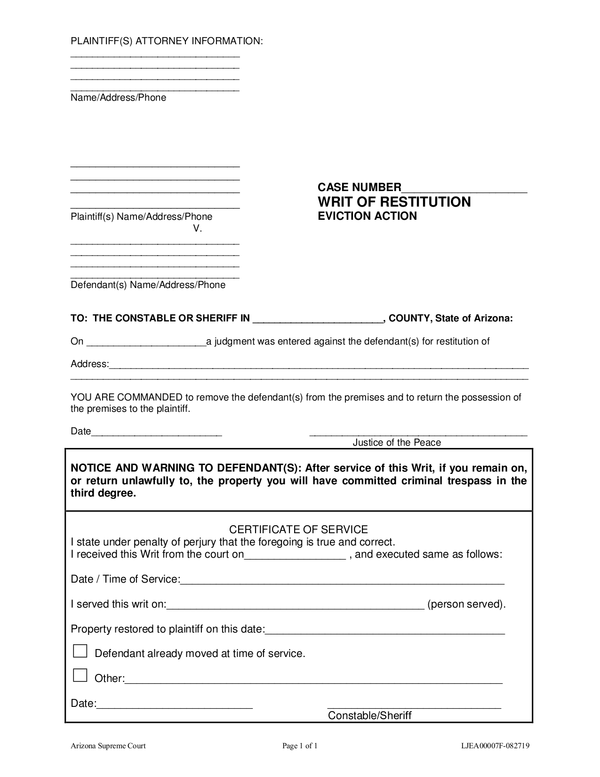
Telephone numbers in court documents are usually formatted with spaces for readability, especially since this aids in manual entry and comprehension:
- (123) 456-7890
- +1 987 654 3210
In the complex world of legal documents, the way numbers are presented can influence interpretation, readability, and the avoidance of errors. By paying attention to how numbers are spaced, legal professionals ensure that the documents are not only legally sound but also clear and unambiguous to all parties involved. Whether you're drafting a financial affidavit, a motion, or a complaint, understanding these conventions can streamline communication and reduce misunderstandings.
Why is consistent spacing important in legal documents?
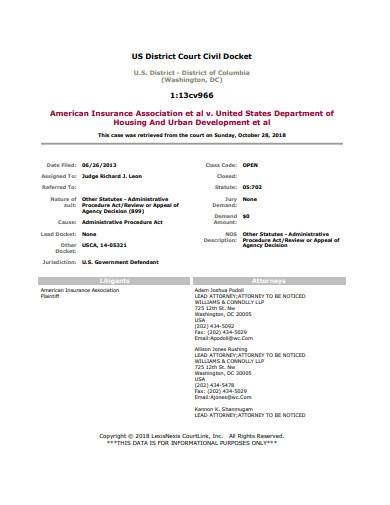
+
Consistent spacing in legal documents ensures readability, reduces the chance of misinterpretation, and provides a professional look, which can impact the court’s perception of the case preparation.
Can spacing vary according to different legal jurisdictions?
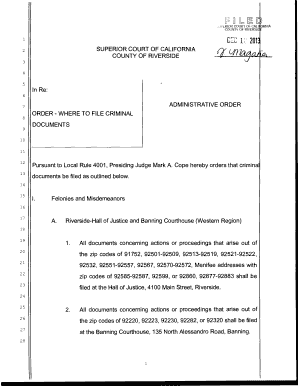
+
Yes, spacing conventions can vary by jurisdiction. For instance, some regions might have rules requiring a space after a period in a decimal number, while others might not.
What are the consequences of incorrect spacing in court documents?

+
Incorrect spacing might lead to confusion or misinterpretation of facts, potentially causing procedural delays, objections from opposing counsel, or even the need for document refiling.

